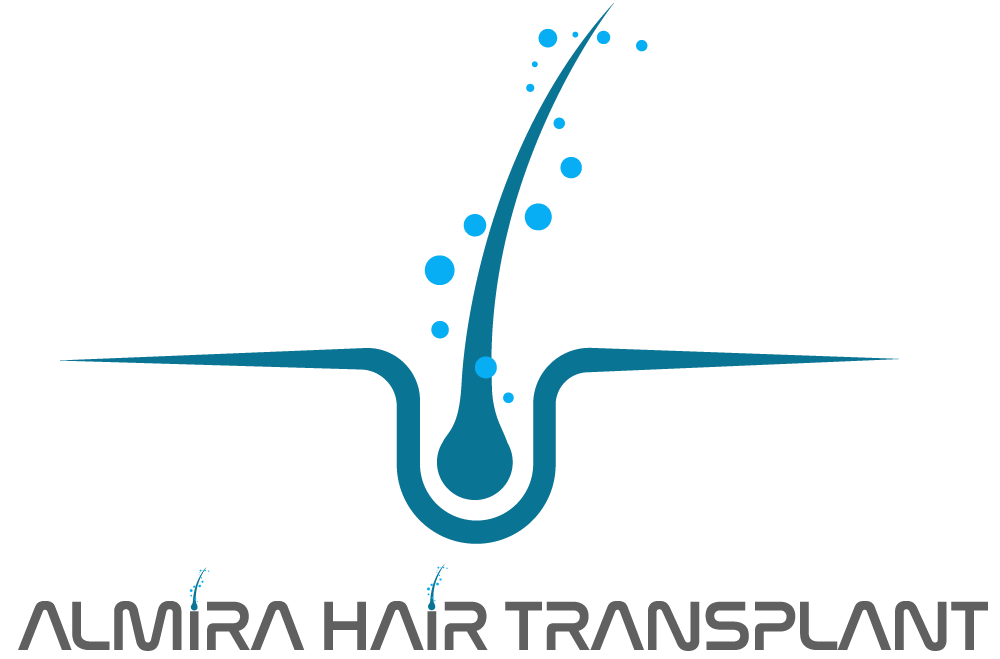Hair Transplantation in Women: Differences, Advantages, and Success Rates

Hair Transplantation in Women: Differences, Advantages, and Success Rates
When it comes to hair loss, most people think of men. However, women also experience significant hair thinning and loss, which can lead to emotional distress, reduced self-confidence, and social discomfort. Fortunately, with advancements in medical technology, hair transplantation in women has become a reliable and long-lasting solution.
How Is Female Hair Transplant Different from Male?
Hair loss in women usually appears in a diffuse pattern, meaning general thinning across the scalp rather than isolated bald patches, which are more common in men. This difference leads to unique challenges and techniques during the transplant process:
-
Donor areas may be limited. In some women, even the back of the scalp (a common donor zone) may be affected by thinning.
-
Shaving is often avoided. To protect daily appearance, many women undergo unshaven (non-shaven) hair transplants, where only a small area is trimmed for graft extraction.
-
Aesthetic concerns are more prominent. Hairline design, density, and natural appearance are critical and require detailed planning tailored to the individual’s facial features.
Advantages of Hair Transplantation for Women
Hair transplants planned specifically for women offer several distinct benefits:
-
Unshaven procedures allow for a discreet recovery and a quicker return to daily life.
-
Natural results are prioritized with a design that complements facial structure.
-
Permanent solution: Transplanted follicles continue to grow for life.
-
Personalized treatment plans based on a thorough analysis of hair type and loss pattern.
Who Is a Suitable Candidate?
Not every woman is an ideal candidate for hair transplantation. The best candidates include:
-
Women with androgenetic alopecia (genetic hair thinning)
-
Those with localized hair loss from scars, burns, or trauma
-
Patients with hair loss conditions that have been treated and stabilized
-
Individuals with sufficient donor hair in the back or sides of the scalp
A detailed consultation and scalp analysis by a specialist is essential before proceeding.
What Is the Success Rate?
With proper candidate selection and a skilled surgical team, female hair transplant procedures have a success rate of 85% to 95%. Factors such as the density of the donor area, hair texture, health conditions, and the cause of hair loss all play a role in the final result.
It’s important to note that most patients go through a phase of shock loss within the first 1–3 months post-surgery. This is a temporary shedding of the newly transplanted hair, followed by regrowth starting around the 4th to 6th month. Final results typically appear within 12 to 18 months.
Conclusion
Hair transplantation in women is more than a cosmetic treatment; it’s a step toward emotional recovery and self-confidence. Since every woman’s hair loss pattern and expectations are unique, personalized planning is key to achieving successful and satisfying outcomes.
Hair is not just a detail — it’s a symbol of femininity and confidence. And today, reclaiming that symbol is more achievable than ever.


